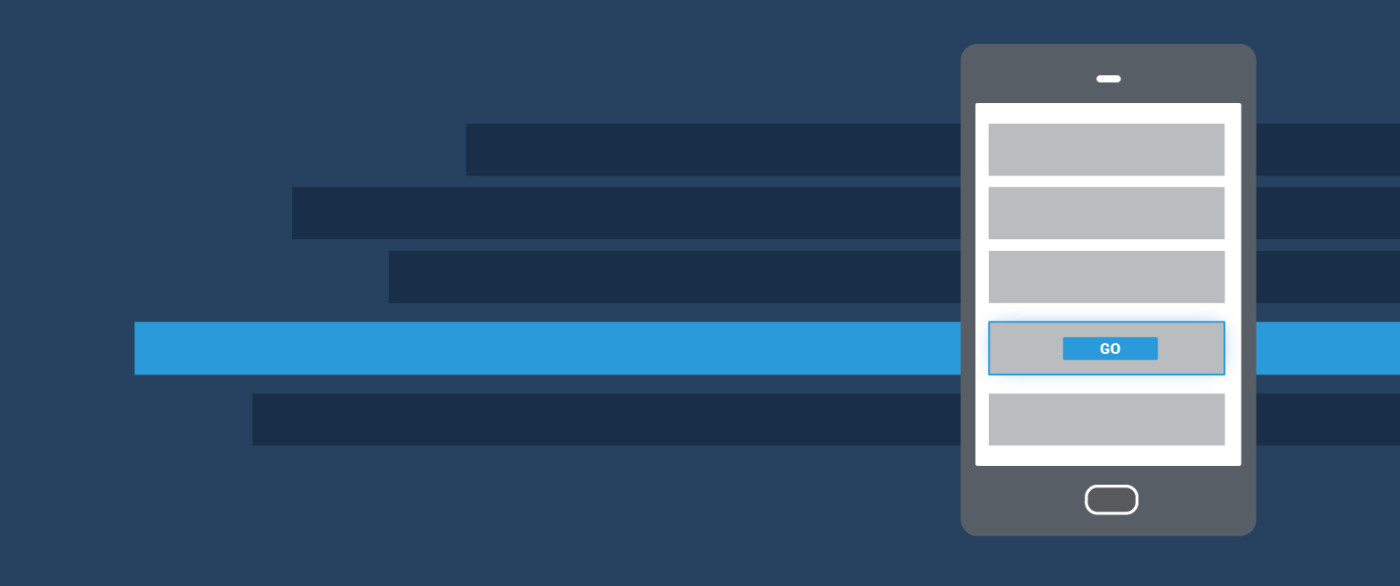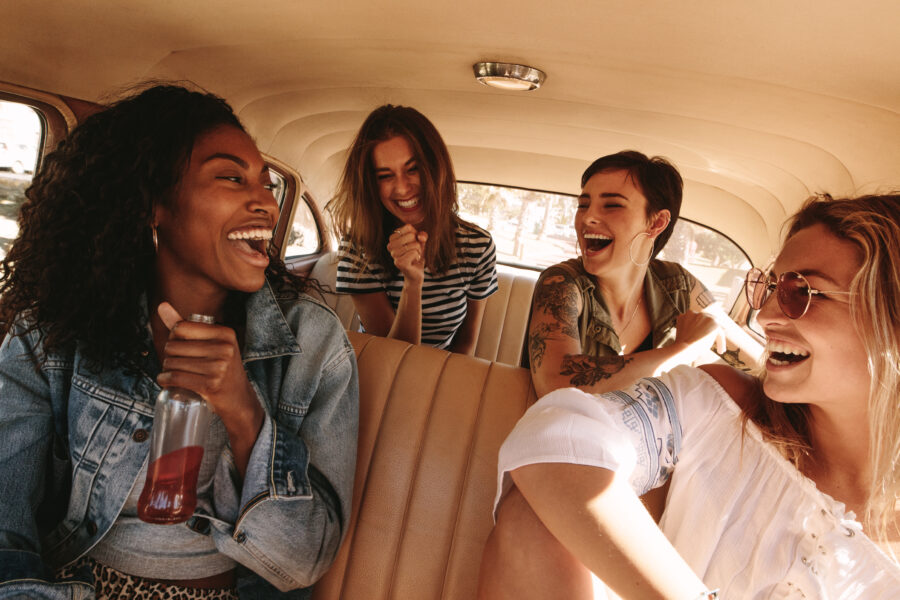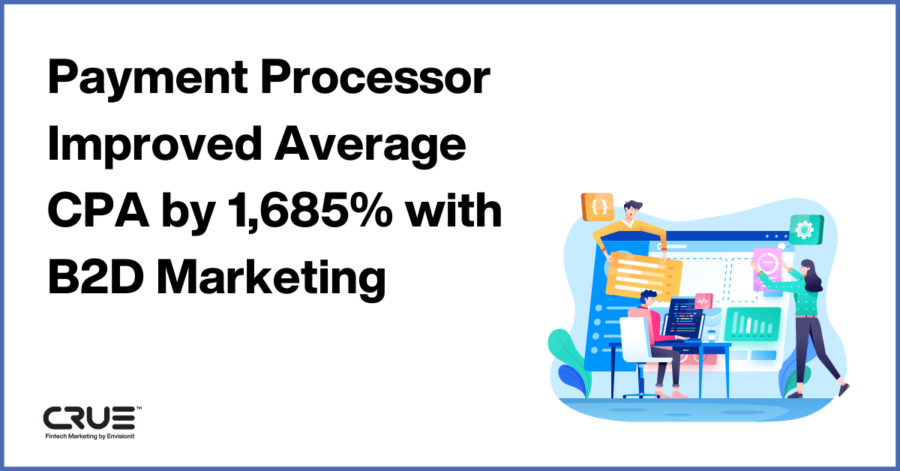This past year there has been a lot of buzz about native advertising. Everyone is talking about it and testing it. It’s quickly becoming recognized as one of the most effective methods a brand may employ to engage with their ideal audience.
ANA’s (Association of National Advertisers) 2015 survey report revealed that 58% of marketers used native advertising during the past year, and forecast that spending on native advertising is continuing to increase. In 2015, 63% of marketers expect to increase budgets allocated to just native advertising.
Although many marketers are very excited about this new advertising opportunity, the majority are still confused about what native ads really are and how they fall into the display advertising mix. If you’re not totally sure what native ads really are, you’re not alone.
So what is native advertising?
Simply put, native advertising is the practice of integrating your ad or brand into content to build trust and engage with the consumer. It’s a form of paid media where the ad experience follows the natural form and function of the user experience in which it is placed.
The difference between standard display ads that surround content and native ads is that the native ads are usually in the flow of editorial content. Usually, they’re contextually targeted, meaning that the ad is relevant to the content it appears in.
In this Mashable example, the native ad seamlessly blends into their site. Just glancing at it, a reader would think that this is just another Mashable article.
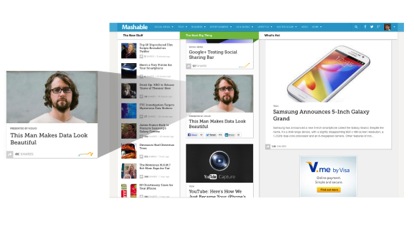
The following examples of mobile native ads from Sharethrough, a native advertising software company, across MensHealth and thebiglead show us that as long as the ad fits naturally into the interface, brands can get creative with the assets they decide to feature. They don’t always have to feature an article, and can instead showcase videos, infographics, interactive banners and more. They can even be a little more advanced and allow the ad to change or reveal information as the user scrolls over.
What’s nice about all these examples is that they’re not disturbing to the reader. Instead, they flow with the reader as they scroll through. Unlike mobile pushdown takeovers, or standard banners, these native ads feel more natural to readers and match the visual design of the experience they live in.
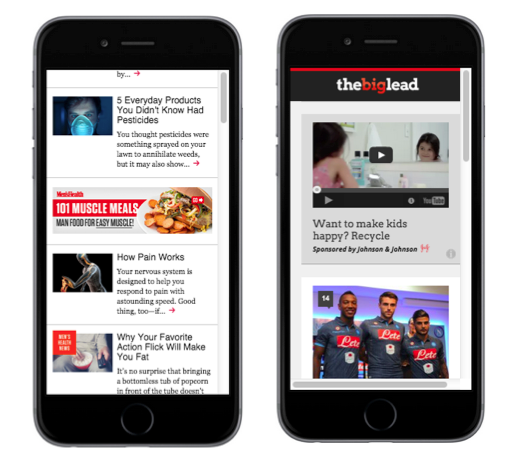
What’s the difference between native and sponsored ads?
The Mashable example brings up a two-year-old question: is this ad a native advertisement or sponsored content? This is a pretty controversial question and a large number of people are using these terms interchangeably. It can be a matter of opinion: some may say it’s the same thing, while others believe they each serve a different purpose. It really all depends on what platform or site you’re engaging with. A native ad on Facebook is inherently different than a native ad on Mashable.com or People.com.
For me, native and sponsored ads are different and have two different intentions:
- A native ad is a promotional ad that usually fits right into the flow of information being shown. It usually links out to the advertiser’s website or content, and is more used to convince than inform the reader.
- Sponsored content is an editorial that focuses more on informing their reader than convincing them to engage. This is when a brand pays to have its name and/or message associated with a particular story. This content is often labeled with a “brought to you by,” “sponsored,” or “presented by” phrase.
To illustrate the answer to our question, the first example from Men’s Health is a native ad for sponsored content. As you can see, the lines between the two can get very blurry and tend to be tricky to identify. Hence, the controversy.
How effective are native ads?
I must say, native ads are well deserving of the industry hype. It’s hard to deny that natural conversational advertising is the new and more effective method of reaching our ideal audience.
According to research from IPG Media Lab, consumers look at native ads 52% more frequently than banner ads. In addition, native ads drive higher brand lift than traditional banner ads (9% higher brand affinity and 18% higher lift for purchase intent than traditional banner ads).
What does this mean for standard display ads?
Don’t worry: standard banners are not a thing of the past. These types of partnerships are still important and will continue to provide scale and more efficient targeting. Native advertising should be one tactic within a much larger media plan. Some types of advertising will ultimately be more effective at driving awareness and brand engagement while other types may generate more conversions. To effectively achieve goals, smart agencies will always incorporate a media mix of standard banners, custom sponsorships, and native ads into each initiative.
This new craze is certainly an exciting change for display. I am definitely eager to see how the evolution of native ads will continue to reshape the display landscape.

